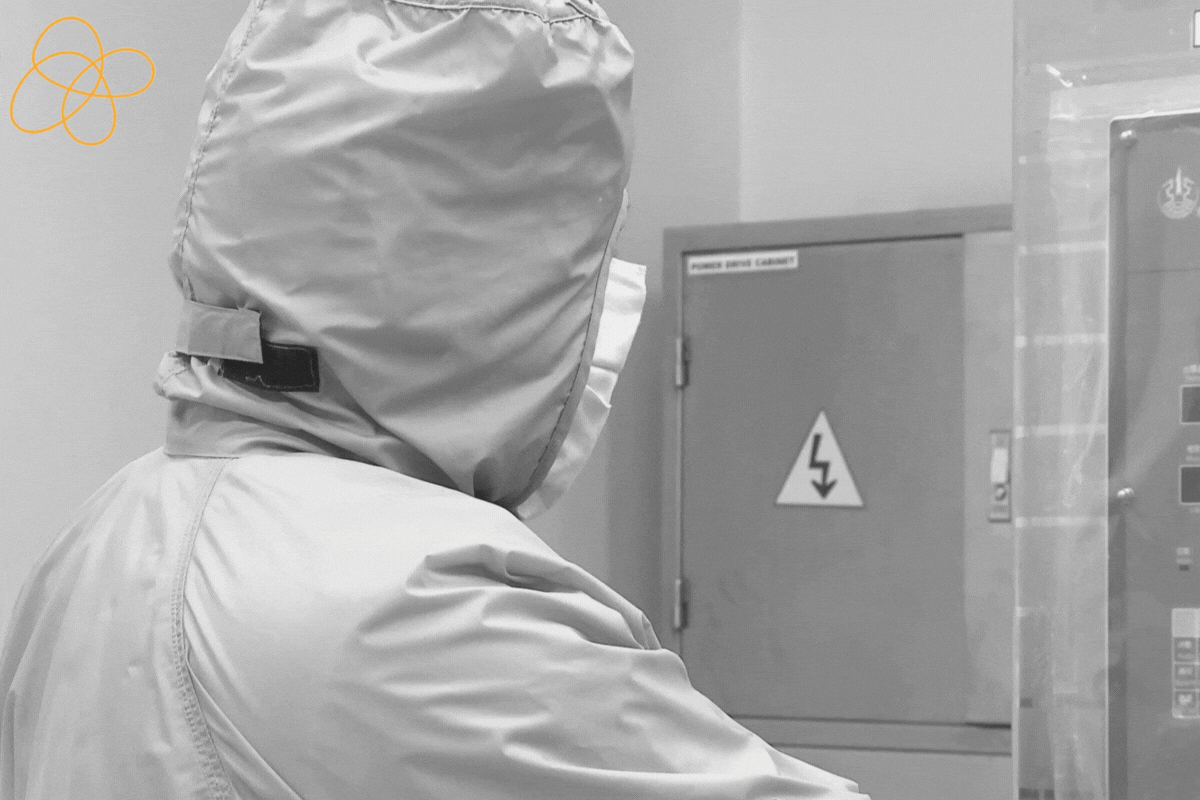Navigating the Storm: A Guide to Managing and Reporting Quality-Related Issues, Adverse Events, Product Complaints, and Product Recalls
I can tell you that quality-related issues, adverse events, product complaints, and product recalls are common in the pharmaceutical industry. These issues can occur at any stage of the manufacturing process, from raw materials to finished products.
A quality-related issue during the manufacturing process may be caused by a problem with the raw materials, equipment, or processes used to manufacture the drug substance or product. Examples include contamination of the raw materials, incorrect labeling or packaging of the finished product, or deviations from established manufacturing processes.
An adverse event is an undesired or unintended event that occurs during the use of a drug substance or product. Examples include allergic reactions, side effects, or other adverse effects on the patient.
A product complaint is a customer’s report of a problem with a drug, substance, or product. Examples include broken tablets, leakage in a container, or incorrect labeling.
A product recall is a voluntary or mandatory removal of a drug substance or product from the market due to safety concerns. A quality-related issue, an adverse event, or a product complaint may cause this.
All these events should be reported to the regulatory authorities such as FDA or EMA. Manufacturers should have a well-established system for tracking, investigating, and reporting these issues to ensure patient safety and comply with regulatory requirements.
How do I handle and report quality-related issues during the manufacturing process of my drug substance or product?
Handling and reporting quality-related issues during the manufacturing process of a drug substance involves several steps, including:
- Identification of the issue: The first step is identifying the issue and determining its root cause. This can involve conducting investigations, reviewing production records, and analyzing samples.
- Containment and corrective action: Once the issue has been identified, immediate steps should be taken to contain it and prevent it from affecting any other batches of the drug substance. This could involve quarantining affected materials, adjusting production processes, or implementing new quality control procedures.
- Root cause analysis: Conduct a thorough root cause analysis to identify the underlying cause of the issue and implement appropriate corrective and preventive actions to prevent a recurrence.
- Reporting: The issue should be reported to the relevant parties, such as the quality control department and the regulatory agencies, and in case of a significant issue to the public.
- Record keeping: All records related to the quality-related issue should be appropriately documented, including investigation reports, testing results, and any corrective actions taken.
It’s important to note that regulatory agencies may have different requirements for reporting and documenting quality-related issues. It is highly recommended to consult with the regulatory agencies for guidance on the specific requirements for handling and reporting quality-related issues for your drug substance.
How do I report adverse events or complaints about my drug substance or product?
Handling and reporting adverse events or product complaints for a drug substance involves several steps, including:
- Identification and documentation: The first step is to identify the adverse event or product complaint and document all relevant information, such as the patient’s demographics, the product’s lot number, and the nature of the event or complaint.
- Initial evaluation: The event or complaint should be evaluated to determine if it is a serious adverse event (SAE) or a non-serious adverse event (NSAE).
- Initial action: If an adverse event is serious, immediate action should be taken to prevent further harm to the patient, such as recalling the product or providing medical intervention. It still needs to be recorded and evaluated if it’s not serious.
- Root cause analysis: Conduct a thorough root cause analysis to identify the underlying cause of the adverse event or product complaint and implement appropriate corrective and preventive actions to prevent a recurrence.
- Reporting: The adverse event or product complaint should be reported to the relevant parties, such as the regulatory agencies and the manufacturer.
- Record keeping: All records related to the adverse event or product complaint should be properly documented, including investigation reports, testing results, and any corrective actions taken.
It’s important to note that regulatory agencies may have different requirements for reporting and documenting your drug substance’s adverse events or product complaints. It is highly recommended to consult with the regulatory agencies for guidance on the specific requirements for handling and reporting adverse events or product complaints for your drug substance.
How do I handle and report product recalls for my drug substance or product?
Handling and reporting product recalls for a drug substance involves several steps, including:
- Identification of the problem: The first step is identifying the problem that prompts the recall and determining
- its root cause. This can involve conducting investigations, reviewing production records, and analyzing samples.
- Containment and corrective action: Once the problem has been identified, immediate steps should be taken to contain it and prevent it from affecting any other batches of the drug substance. This could involve quarantining affected materials, adjusting production processes, or implementing new quality control procedures.
- Root cause analysis: Conduct a thorough root cause analysis to identify the underlying cause of the problem and implement appropriate corrective and preventive actions to prevent a recurrence.
- Notification and recall planning: Develop a recall plan, including determining the scope of the recall, notifying the relevant parties, such as the regulatory agencies, the distributor, and the customers, and identifying the steps to be taken to recover the recalled products.
- Execution of recall: Execute the recall according to the recall plan, including notifying the relevant parties, retrieving the recalled products, and providing replacement or refund.
- Communication: Communicate the recall to the public, including providing clear instructions on how customers can identify the recalled product and what they should do with it.
- Record keeping: Keep detailed records of all aspects of the recall, including the scope, the number of units affected, the steps taken to execute the recall, and any subsequent follow-up activities.
- Reporting: The recall should be reported to the relevant parties, such as the regulatory agencies, and in case of a significant recall, to the public.
It’s important to note that different regulatory agencies may have different requirements for reporting and documenting product recalls for your drug substance. It is highly recommended to consult with the regulatory agencies for guidance on the specific requirements for handling and reporting product recalls for your drug substance.
Manufacturers need to have robust quality management systems to identify, investigate, and address these issues promptly and effectively and comply with relevant regulatory requirements for reporting these issues to the appropriate authorities.





